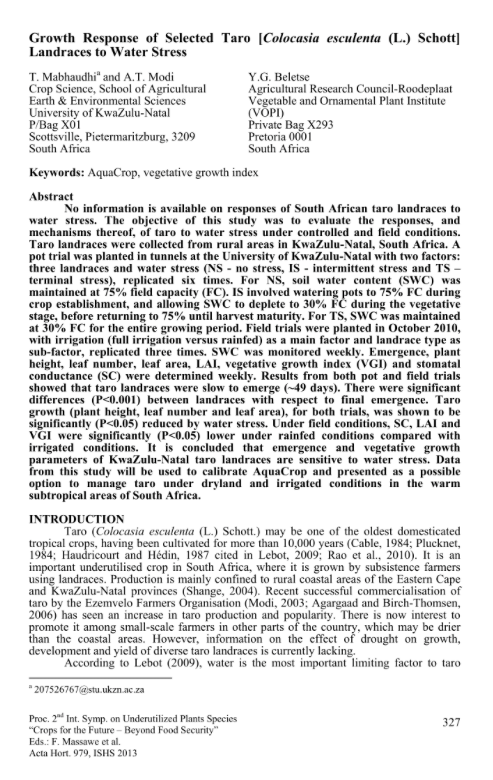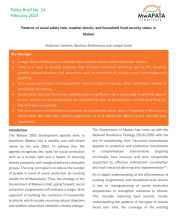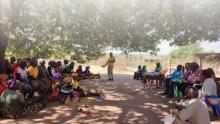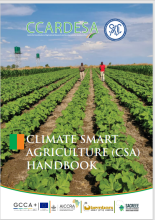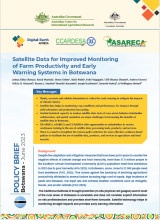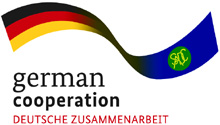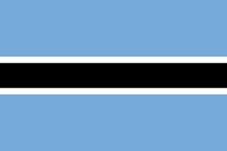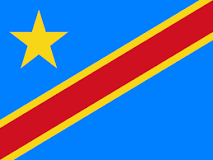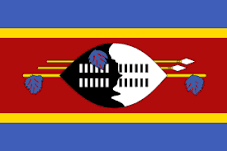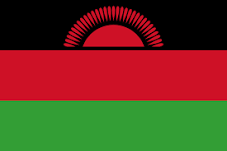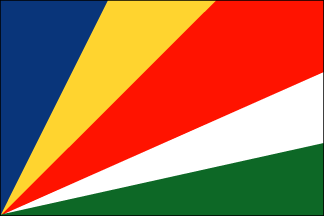Drought tolerance mechanisms of three taro landraces (Dumbe Lomfula (DL), KwaNgwanase (KW) and Umbumbulu (UM)) were evaluated under field conditions Pietermaritzburg, South Africa, over two summer seasons. Taro was slow to emerge (~ 49 days) and showed significant differences between landraces with respect to final emergence with DL never achieving a good crop stand. Growth (plant height, leaf number and LAI), VGI, SC and CCI were significantly lower under rainfed (RF) than irrigated conditions. RF conditions resulted in significantly lower biomass, HI, and final yield of taro landraces compared to irrigated conditions. The UM landrace avoided drought through increased stomatal regulation, lowering chlorophyll content, smaller canopy size and reduced growth period. It is concluded that among the three landraces, UM is suitable for production under water stress conditions, because it exhibited drought avoidance and escape mechanisms.
Cambridge University
Mabhaudhi. T & Modi. A. T(2015). Drought tolerance of selected South African taro (Colocasia esculenta L. Schott) landraces. Experimental Agriculture, 51(3), 451-466. doi:10.1017/S0014479714000416

